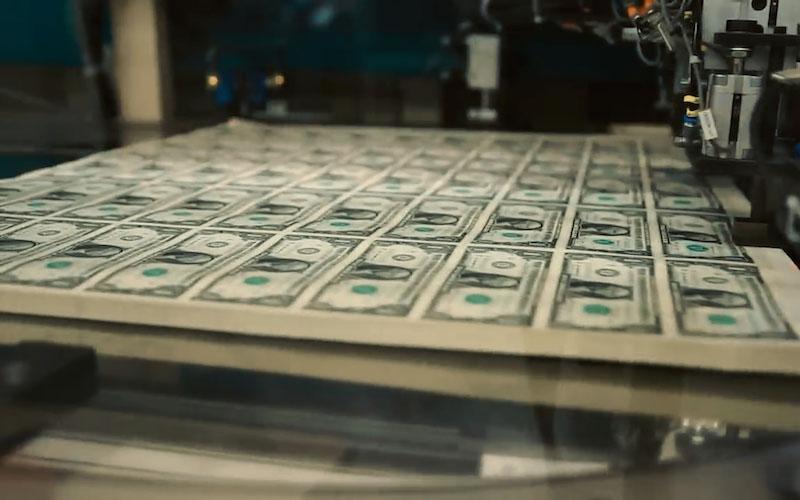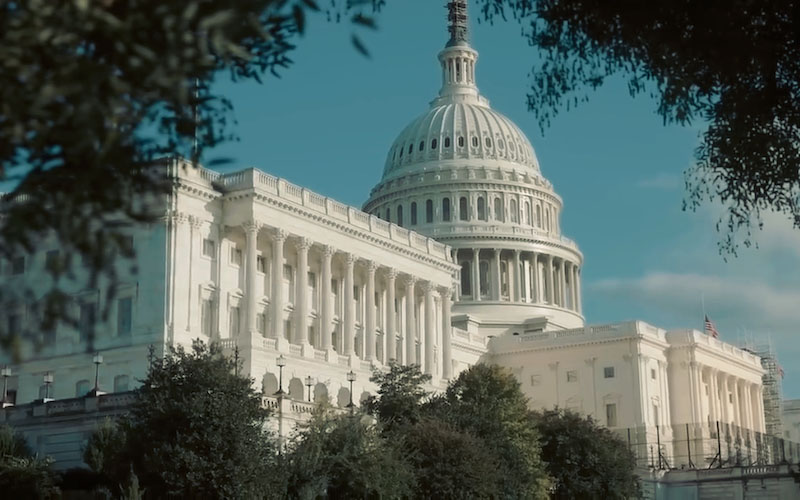U.S. producer prices surged in July, suggesting market expectations of a September rate cut may be overly optimistic.
2025-08-15 01:57:20

The core PPI (excluding more volatile items such as food and energy) also rose 0.9% month-on-month and 3.7% year-on-year, higher than the Reuters forecast of 0.2% and 2.9%, the largest monthly increase since March 2022.
The PPI data for June was revised upward to 2.4% from the initial 2.3%, while the core PPI jumped from 2.6% in June to 3.7% in July, indicating that inflationary pressures continued to accumulate in the supply chain.
Service prices rose 1.1% in July, the largest increase since March 2022, with trade service profit margins surging 2%, accounting for more than 50% of the monthly increase. Machinery and equipment wholesale profit margins rose 3.8%, and financial services, tourism accommodation, auto retail and freight prices also saw significant increases.
In terms of commodity prices, prices of vegetables, meat and eggs pushed up the commodity PPI by 0.7%, the biggest increase since January this year.
Market reaction and expert opinions
The PPI data, which beat expectations, has triggered a reassessment of market expectations for a September rate cut by the Federal Reserve. Chris Larkin, Managing Director of Trading and Investing at Morgan Stanley E*TRADE, said: "The PPI data suggests that inflation is not as benign as indicated by Tuesday's CPI data. This does not completely rule out a September rate cut, but based on the market's initial reaction, the likelihood of a rate cut has decreased slightly compared to a few days ago."
James Schenk, CEO of PenFed Credit Union, warned: "This morning's PPI report was significantly higher than expected, which will reinforce the Fed's decision to 'wait and see'. The market needs to face reality, not illusions. This suggests that interest rates may remain at a higher level and the possibility of a rate cut in September is reduced. In addition, critics may once again question the accuracy of the Bureau of Labor Statistics' quarterly data and forecasts."
Chris Zaccarelli, chief investment officer of Northlight Asset Management, noted: "This morning's sharp rise in PPI suggests that inflation is spreading through the economy, even if consumers have not yet fully felt it. Given the mild CPI data on Tuesday, this is an unexpected upside shock that may weaken the market's optimism about an 'inevitable' rate cut next month." He added that the Federal Reserve will have more data before its mid-September interest rate decision, including PPI, CPI, PCE inflation index and another employment report.
"The strength of the PPI suggests that inflationary pressures in the supply chain may be more persistent than expected," said Michael Feroli, chief economist at JPMorgan Chase. "This could force the Fed to reconsider its policy path, especially if core inflation measures continue to exceed expectations."
"The breadth of the July PPI data – with notable increases in both services and goods prices – suggests that inflationary pressures are not confined to any one area," said David Mericle, an economist at Goldman Sachs. "This could mean upside risks to CPI in the coming months."
Chris Rupkey, chief market economist at Bank of Tokyo-Mitsubishi UFJ, commented: "The unexpected rise in PPI has sounded the alarm for the Federal Reserve, indicating that inflation is not fully under control. Market expectations of a September rate cut may be too optimistic, especially when wholesale price pressures may gradually be transmitted to consumers."
Market impact
The CME FedWatch tool showed that the probability of the Federal Reserve keeping the interest rate at 4.25%-4.5% unchanged rose to 7.5% from 0% the previous day, the probability of a 50 basis point rate cut fell to 0% from 5.7%, and the probability of a 25 basis point rate cut fell slightly from 94.3% to 92.5%.
.
The market's reaction to the PPI data reflects investors' growing concerns about whether the Federal Reserve can ease monetary policy amid inflationary pressures.
Data background
Unlike the CPI, the PPI focuses on domestic producer prices and excludes imported goods, making it a better indicator of domestic inflation trends in the U.S. An unexpected rise in the PPI could signal potential pressure on the CPI in the coming months, especially given the widespread rise in prices for services and goods.
The Fed will receive more data before its mid-September meeting, including the PPI, CPI and PCE inflation indexes, as well as another employment report, which will together determine the direction of its interest rate policy.
The market's reaction to the PPI data suggests that investors are reassessing the path of inflation and the Fed's monetary policy outlook. Although Tuesday's CPI data was milder, the strong performance of the PPI highlights the complexity of inflation and may force the Fed to be more cautious in cutting interest rates.
- Risk Warning and Disclaimer
- The market involves risk, and trading may not be suitable for all investors. This article is for reference only and does not constitute personal investment advice, nor does it take into account certain users’ specific investment objectives, financial situation, or other needs. Any investment decisions made based on this information are at your own risk.





















